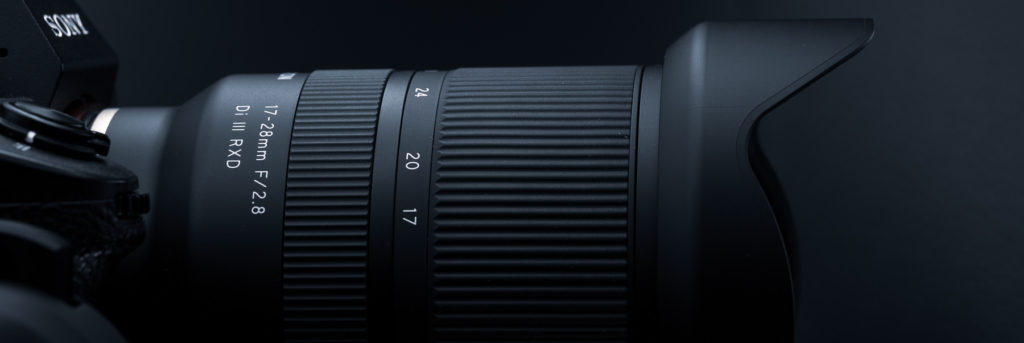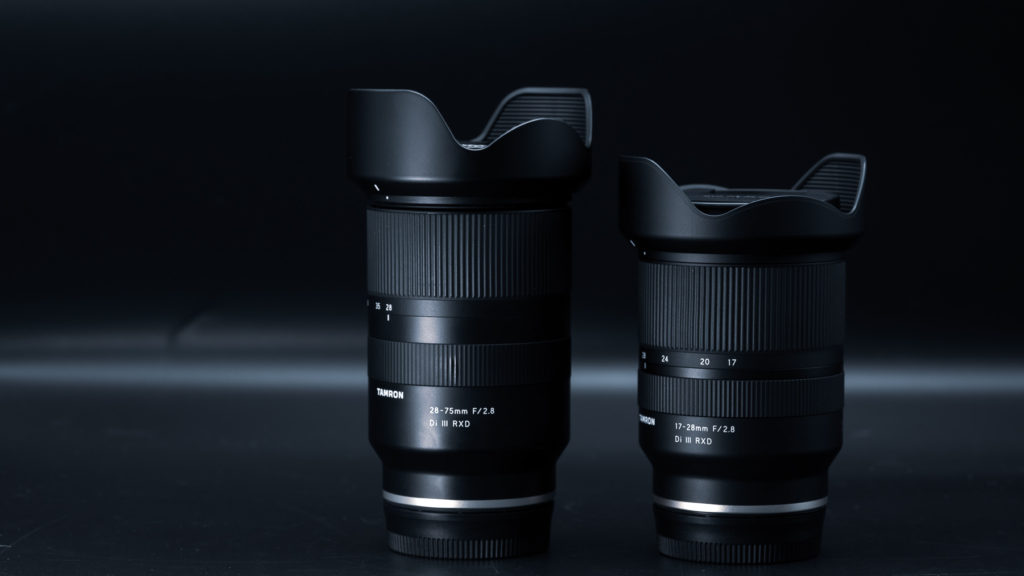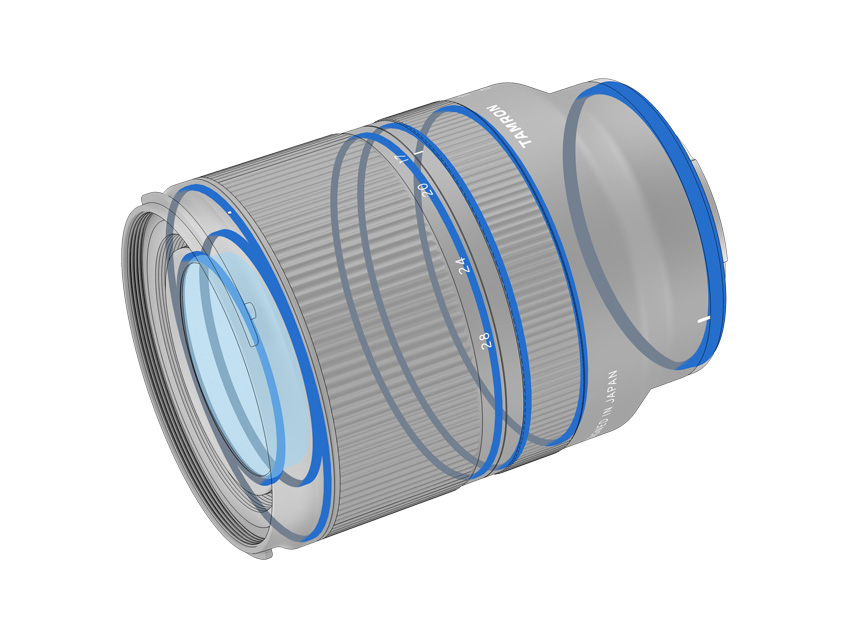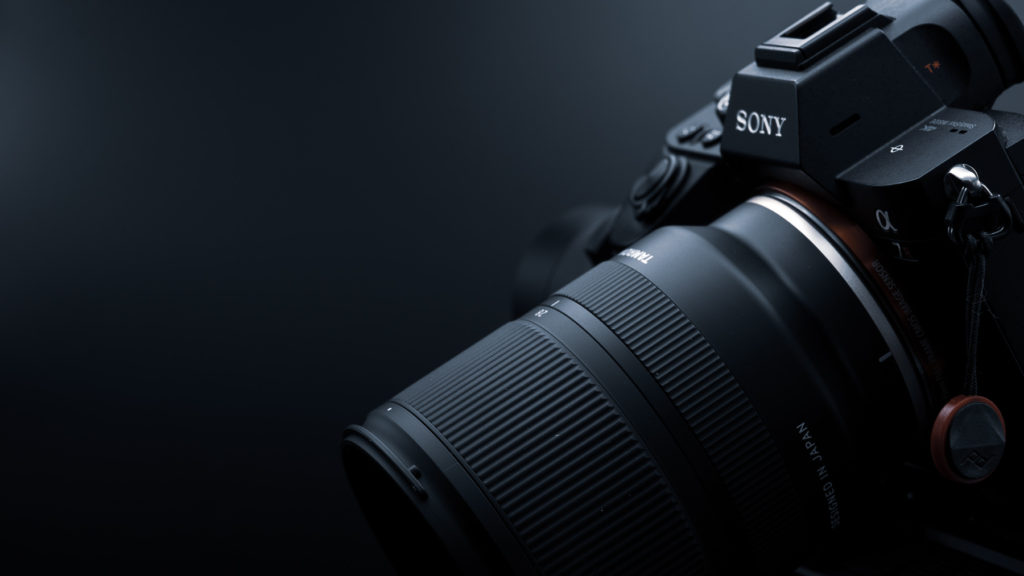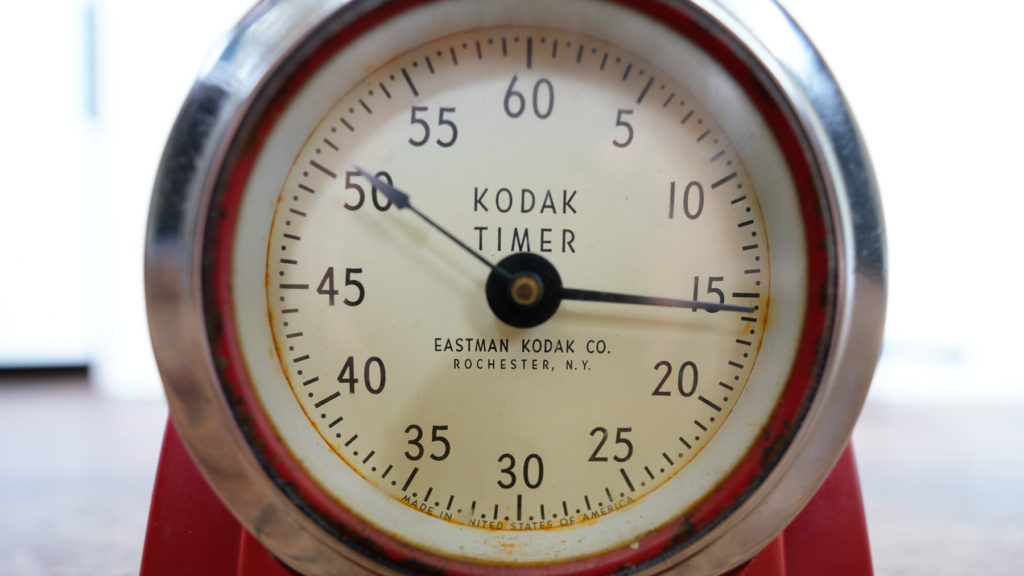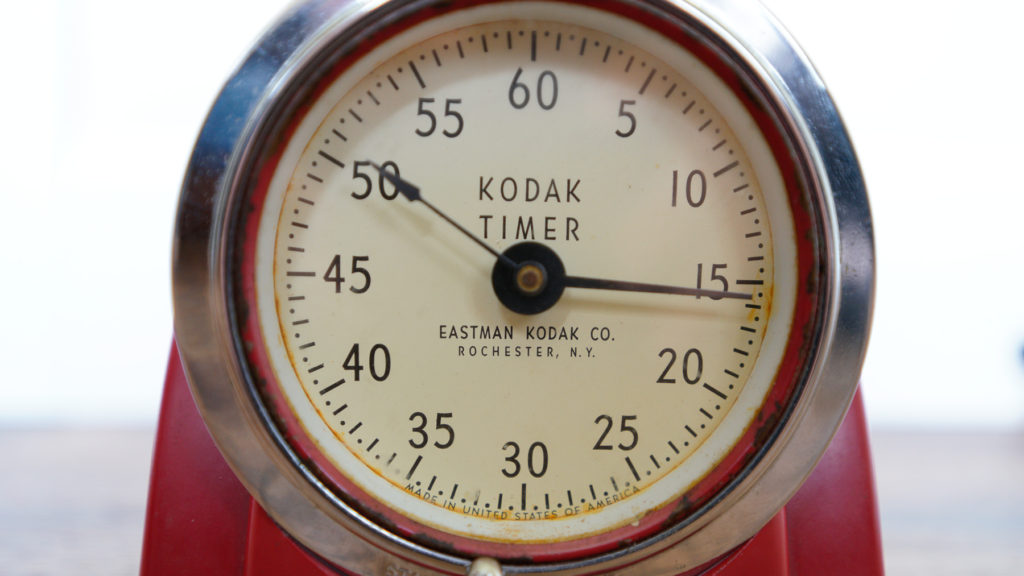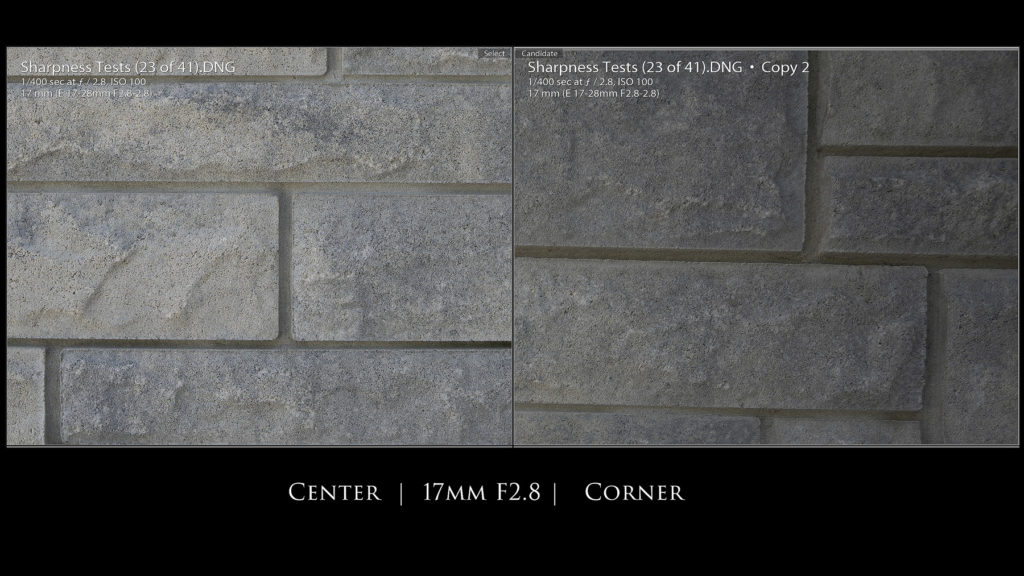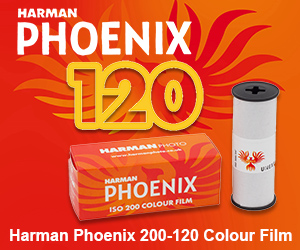Tamron released their new 28-75mm F2.8 RXD (Model A036) lens for Sony full frame mirrorless (FE) last year to great fanfare, as it provided a legitimate alternative to the very large and expensive Sony 24-70mm F2.8 G Master lens. The 28-75 RXD went on to be the best-selling lens of the year (period!) in its first year of release, which is a pretty stunning endorsement of its blend of solid build, good autofocus, and great optical performance. This year Tamron has introduced a second lens in a presumed trilogy of fast zoom lenses for Sony with the wide-angle 17-28mm F2.8 RXD (Model A046). Like the 28-75mm, they’ve chosen a slightly less conventional zoom range. In this case, it is a little narrower than, say, the Sony 16-35mm F2.8 GM lens. Tamron undoubtedly made this choice to allow them to create a smaller, lighter lens with excellent performance across its zoom range. While I have seen a few comments from some viewers in my audience complaining about the somewhat restrictive zoom range (it is only a 1.6x zoom ratio), many more are delighted by the balanced approach that covers portability, performance, and price. Has Tamron found another winning formula with the A046? Read on to find out!
As noted, this is a not a big zoom range, but it is enough to give one some flexibility in framing a landscape scene. Here’s a look at 17mm:
And the same scene at 28mm:
No one will confuse that kind of zoom range with a superzoom, but since many of us are used to shooting landscapes with primes, that’s enough zoom range to really impact the way you can frame a scene. I’m not terribly put out by the short 28mm “telephoto” end. Compared to the 28-75mm, there is probably a milliliter or two of overlap with the A046 providing a wider framing at 28mm than the A036. While a little wider angle of view on the wide end would be welcome, however, that would have necessitated a larger lens and changed the dynamic of the nicely compact 67mm front filter thread, which is shared with the 28-75mm. Ultimately you will have to decide whether the zoom range suits your purposes. If it does, you will probably find little else to complain about.
A046 Build, Design, and Handling
It is a breath of fresh air to handle lenses that their designers have considered the reality that photographers have to actually carry, handle, and transport lenses. It seems like the size of lenses has been ever-growing in size and weight. While I appreciate the optical performance of many such lenses, I know the reality of when I’m packing my personal photography bag for a trip, I tend to choose lenses that are reasonably sized. That’s definitely the case here. The A046 has an identical diameter to the 28-75mm (2.87″/73mm), it is considerably shorter at only 3.9″ (99mm). That’s nearly 20mm shorter than the 28-75mm (117.8mm), and also considerably shorter than the Sony 16-35mm F2.8 GM lens (121.6mm). Also, it is a lightweight for an F/2.8 zoom lens weighing only 14.82oz (420g), undercutting the main competitors by a good margin while employing mostly lightweight metals and engineered plastics in the barrel and it includes premium features like weather sealing (with not only a rear gasket but internal seals at 7 different spots according to this diagram from Tamron) along with an expensive fluorine coating on the front element.
In my opinion, the only real physical limitation is a lack of any kind of switch on the barrel for AF/MF. The upside of the lack of any switches is that the 17-28mm has a very clean and modern physical appearance. It is a great physical match for the Sony mirrorless cameras it was designed for.
The zoom action is internal, smooth, and nicely damped as is common with internally zooming lenses. The zoom ring is wide, tightly ribbed, and has a rubberized texture that is easy to grip. The manual focus ring is narrower and has a different texture pattern to help to distinguish it from the zoom ring by touch. Like all mirrorless autofocusing lenses, the manual focus action is a “focus by wire” system where input on the manual focus ring is routed through the focus motor to actually produce focus changes. If you are in MF or DMF focus modes, the camera will detect when focus input is made and will automatically magnify the image on the LCD or in the viewfinder to help you visually confirm correct focus. This is accompanied by an on-screen distance scale.
The A046 is a fully native lens on Sony, and as such receives firmware updates via the camera like a Sony branded lens. JPEG files and video can receive correction for vignette, distortion, and chromatic aberrations, while these aberrations will need to be corrected in post with RAW files.
Like the 28-75mm, the A046 has two different minimum focus distances for each end of the focal range, with the higher magnification figure once again available at the wider end. At 17mm one can focus down to 7.5″ (0.19m) and get a maximum magnification figure of over 0.19x (1:5.2):
At 28mm the minimum focus distances becomes 10.2″ (0.26m) and the maximum magnification figure is 0.166x (1:6).
The close-up performance is excellent, though a bit better on the wide end with better contrast. This gives on additional options for framing scenes.
A046 Autofocus Performance
The A046 is the second lens from Tamron to employ their Rapid eXtra-silent stepping Drive (RXD) focus motor in. It is essentially everything a mirrorless autofocus system should be. It’s extremely fast, silent, and locks-on quickly and confidently. It feels akin to Canon’s excellent Nano-USM technology in speed and silence.
All Sony focus technologies are supported, from focus modes to Eye AF to the Hybrid Phase Detect/Contrast AF focus that is Sony’s unique approach to autofocus. It supports continuous AF in all drive modes, including Hi+. I had good Eye AF results during a portrait session even with heavy backlighting.
Autofocus during video was excellent. Focus pulls happen quickly, smoothly, and utterly silently. I didn’t encounter any issue with pulsing. This would be a nice lens to mount on a gimbal due to the light weight, internal zooming, and excellent autofocus. It’s a great focal range for video work, and things like distortion and vignette are corrected real-time in camera…a big plus.
Tamron 17-28mm F2.8 (A046) Image Quality
My “brick wall” test revealed some of the typical shortcomings for wide angle zooms, namely some barrel distortion at 17mm and some vignette. The nature of the barrel distortion unfortunately has a “mustache” pattern and isn’t entirely linear, but fortunately the in-camera profile corrects for it quite well.
As is often the case, the amount of distortion at landscape distances is much less obvious. This isn’t really an issue for landscape or general-purpose work, but if your shot includes a lot of complex lines you (and you have the room), you may want to zoom in a bit towards 20mm where there is considerably less distortion.
At 17mm the A046 is extremely sharp. Most of the frame is extremely sharp from F2.8 on, with high contrast and great acutance (ability to resolve fine details). The corners lag a bit behind at F2.8 but improve quickly when you stop the lens down.
The A046 is a fantastic landscape lens on my 42MP a7RIII when stopped down, and also resolved the new 61MP a7RIV without issue. Images are richly coloured, high contrast, and have great detail across the frame. Performance at 20 and 24mm are very similar, though, as noted, with less distortion. They are a little sharper in the corners at F2.8. At 28mm there is a mild amount of pincushion distortion and corners sharpen up at F4 and smaller apertures.
The A046 gets good marks for flare resistance, which is often a weakness for wide angle lenses. It shows only minor ghosting artifacts, which present in a fairly artistic, non-destructive fashion, and the lens delivers a beautiful sunburst effect from the nine-bladed aperture when stopped down.
It also is highly effective in limiting chromatic aberrations of either the longitudinal or lateral types. I saw essentially no issues in real world shooting. You can even shoot challenging subjects like this without any real issues:
One final important metric for a lens like this is the ability to control coma for bright lights against dark backgrounds (like stars). I would call the performance here good but not exceptional (I’ve seen better in a few lenses). Star points are nice and crisp (as befits a sharp lens like this), but you will see a little deformation in the corner of the bright star points.
This is a good performance, however, and I think the lens will work well for those who like to shoot the night sky:
Tamron gave us an abbreviated zoom range in the A046, but the tradeoff is a compact, lightweight zoom lens that packs a lot of optical punch.
Conclusion
The Tamron 17-28mm F2.8 RXD packs a lot of goodness into a compact package. Many would agree that this is the type of lens that helps round out the Sony ecosystem with a competent yet affordable third-party alternatives. Tamron has struck a nice balance with the A046 between a nice, weather sealed build and light weight and portability. While the zoom range is somewhat abbreviated, the compensation is very strong optical performance, a reasonable 67mm front filter thread, and the aforementioned size. The autofocus is also excellent, with truly silent focus, a lot of speed, and good accuracy. That combined with the fact that the lens receives in-camera corrections during video recording should make the A046 an attractive lens for videographers.
Pair all of these attributes with an affordable price, and I suspect that Tamron has another lens on their hands that will sell very, very well and make them a lot of fans.
About the Author
Dustin Abbott is a professional photographer and photography gear reviewer based in Ontario, Canada. His reviews for his website and YouTube channel are viewed around the world. www.dustinabbott.net



